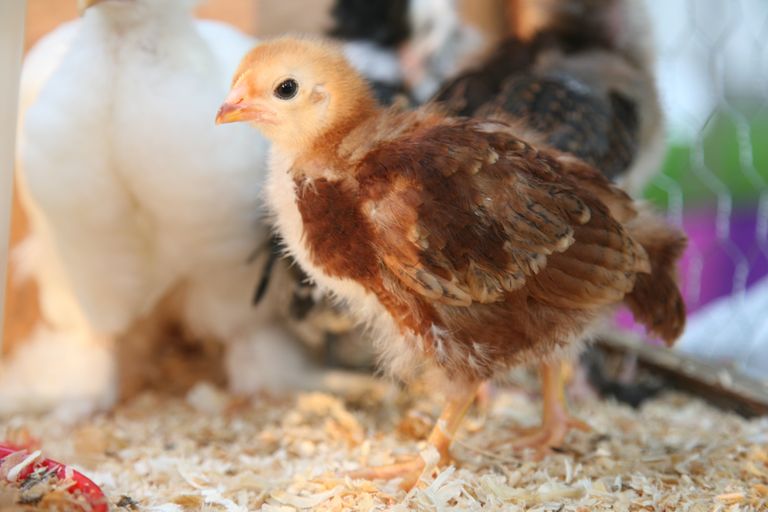Noise pollution is an unwanted or disturbing sound which can interfere with normal activities for humans and wildlife, such as sleeping, conversation, reproduction, communication, or disrupt or diminish one's quality of life. Noise pollution can come from many sources, such as automobiles, motorcycles, aircraft, ships, trucks, buses, jet planes, construction equipment, electrical machinery, lawn mowers and leaf blowers, to name a few.

Excessive noise pollution, from the city streets to the oceans' commercial shipping traffic, can have harmful effects on the humans, plants, animals, trees and marine life constantly exposed to it. Long-term exposure to traffic noise may lead to coronary heart disease and accounts for approximately 210,000 deaths in Europe each year.
Many plants and trees rely on birds and other animals to deliver pollen from one flower or tree to the next, or to disperse their seeds, but many animals are adapting to the noise by changing their behavior or moving to quieter locales. Consequently, noise pollution is altering the landscape of plants and trees, which depend on noise-affected animals to pollinate them and spread their seeds. Some plants do worse in noisy areas while others seem to do better, depending on how the community of creatures around them changes. The ripple effects can be far reaching and long lasting, especially for trees, which often take decades to grow from seedlings into adults.

Benefits include hummingbirds preferring noisy sites because the western scrub jay, which preys on their nestlings, tends to avoid those noisy areas which increases the pollen transfer of hummingbird-pollinated plants, such as scarlet gilia, in the noisy sites. However, plants or trees such as the pinyon pine, might experience a decline because the animals or birds that are counted on for pollination shy away from the noise and can lead to a decline in tree or plant populations. These disturbances in a species that is vital for the community is going to have cascading effects throughout the ecosystem potentially leading to large-scale changes due to the responses of one or two important species.
By changing the fine-tuned balance between predator and prey detection and avoidance and interfering with the use of sounds in communication, especially in relation to reproduction and navigation, noise can have a detrimental effect on animals, increasing their risk of death. Hearing loss and rapid increase in heart rate are some of the ill-effects of noise pollution on animals. High intensity sound induces fear, which can force species to abandon their habitat. In loud places, studies have found that some birds have to sing at higher frequencies, bats and owls can have trouble finding prey, terrestrial insectivores lose habitat by avoiding areas with roads and construction, frogs can struggle to find mates, a population's evolutionary trajectory can be altered by sapping resources normally devoted to other activities and thus lead to profound genetic and evolutionary consequences, various species experiencing hearing loss and the reduction of usable habitat that noisy areas may cause, which in the case of endangered species may be part of the path to extinction.

Hi, @shaheenk,
Thank you for your contribution to the Blurt ecosystem.
Your post was picked for curation by @henryglowz.
Please consider voting for our Upkeep Proposal by Symbionts.